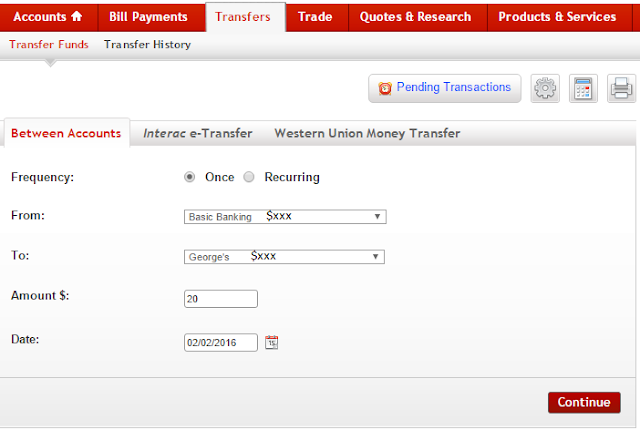Image borrowed from this guy: http://blog.dnagenotek.com/blogdnagenotekcom/bid/80801/DNA-Genotek-s-top-ten-list-for-2011
Okay. I tricked you a bit. I don't have a top 10 list here. But these eight sites are definitely worth your time if you want to learn a bit more about managing your finances to build your wealth.
Readability: 8/10 Entertainment:
9/10 Educational value: 8/10
MMM is the patron saint of the sensible approach to consumer
living and financial management. As a result, he retired when he was 30 having
made a middle-class salary throughout his 8-year career. The central question
for him is whether each time you spend money you are adding to your life
satisfaction proportionately. If so, good for you. If not, you wasted your
money and should make better choices. Like me, he likes to throw a few fucking
expletives around and mock the mainstream financial writers and people who try
to sell you things you don’t need. If
you prefer something a bit more couth, see below.
Readability: 7/10 Entertainment:
7/10 Educational value: 9/10
This is the site a Jacob Lund Fisker, a retired physicist,
current writer and financial analyst. He also temporarily retired at age 30. Like
MMM, he is utterly logical and very much opposed to current consumer culture. He
is much more extreme (you might have guessed that), living on $7000 per year in
San Francisco. His approach is encouraging an extremely simple life with the
goal of protecting our environment. The guy has some major financial skills and
backed by a rather creative and deep philosophy detailed in his book, here.
For a briefer introduction, see his 21
day financial makeover. Not for the faint of heart.
3) Bogleheads
Readability: 6/10 Entertainment:
6/10 Educational value: 10/10
Videos! Message boards! How-tos! This is really a treasure
trove for the newbie as well as the seasoned investor. Most contributors are
high-earners. Many are retired. Some of them retired young. Debt is
discouraged. It tends to focus more on
the investing side of finances, helping people to invest cheaply and avoid
behavioral mistakes, such as trying to figure out when the market is going to
go up and down. This eclectic group follow the life and investment policy of
“Saint Jack” John
Bogle who started the first low-cost index mutual fund back in the 1970’s.
Bogle’s integrity and common sense has been an inspiration for decades and it’s
no wonder that his work has spawned a group dedicated to his common-sense
approach. There are many highly qualified writers on the site who spend a lot
of effort trying to dispel the common nonsense of many in the investment
community.
Readability: 6/10 Entertainment:
6/10 Educational value: 9/10
Much the same site as Bogleheads, but geared toward the
Canadian investor. This is a better site then that above if you want to learn
whether to invest in your RRSP or tax-free savings account, as well as how to
minimize taxes. But for the basics, you can’t really beat Bogleheads.
Readability: 6/10 Entertainment:
6/10 Educational value: 9/10
Fantastic podcast on his Youtube channel. The Fientist also
retired in his early 30’s through a sensible yet frugal approach to consuming.
He interviews a lot of writers and podcasters including some of those listed
here. He has a long collection of blogs as well.
Readability: 6/10 Entertainment:
6/10 Educational value: 9/10
Want to quit work and travel around the world with your
partner indefinitely? Think that you could never afford to do that? This couple
has been doing just that for more than a decade. Far from being an expensive
proposition, their spending is far LESS than it would be if they stayed put.
Their tax bill is legally close to zero. They often fly for free. And they know
how to get great deals. Of course, it is underpinned by a basic philosophy of simplicity
which has allowed them to save enough that this plan is doable. Hm. This
appears to be a recurring theme in my list, doesn’t it?
Readability: 6/10 Entertainment:
6/10 Educational value: 9/10
This guy has a lot of great content. Podcasts. Budget
templates. Blogs. Ad suggestions on “side hussles.” For my taste he is rather
conventional in that he only appears to save 15% of his income (compare this
with ~70% for Mr. Money Mustache or Jacob.) It might be a bit more accessible
for many people to find such tips to boost savings rates from 0% to 15%.
Readability: 6/10 Entertainment:
6/10 Educational value: 9/10
One of the key aspects of managing finances properly is
budgeting, and YNAB does it about as well as anyone could. They have a standard
bit of software that anyone can use to track spending as well as set up
categories of spending. The only downside, it isn’t free. But paying for it
could save you a fair bit in the long run. You can compare your spending
against your decided budget at the beginning of the month. The software also
allows one customize plans. Not good at keeping track of records? It is
possible to link your debit card/credit card to your account and automate the
whole process. As Peter Drucker said, “That which gets measured gets managed!”










